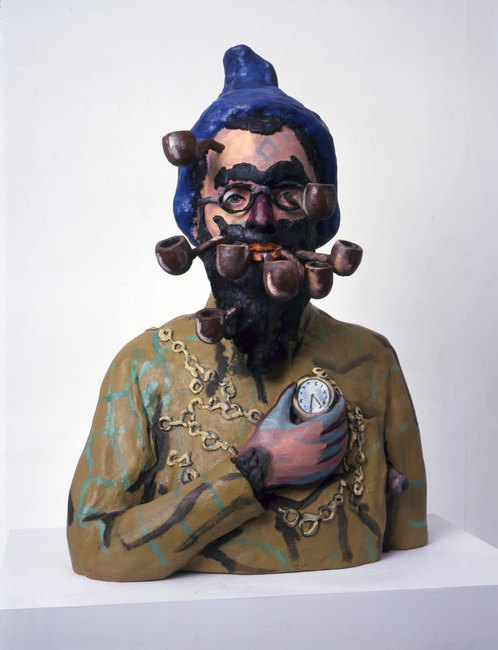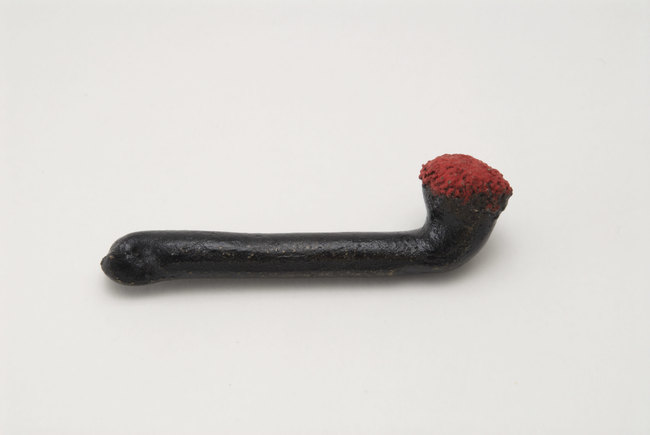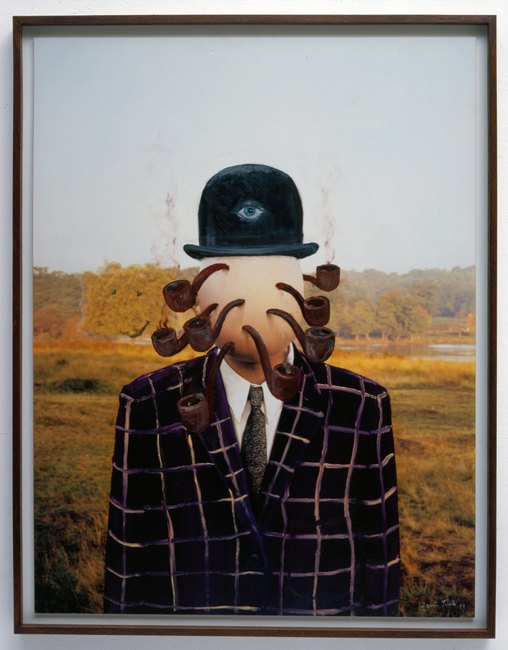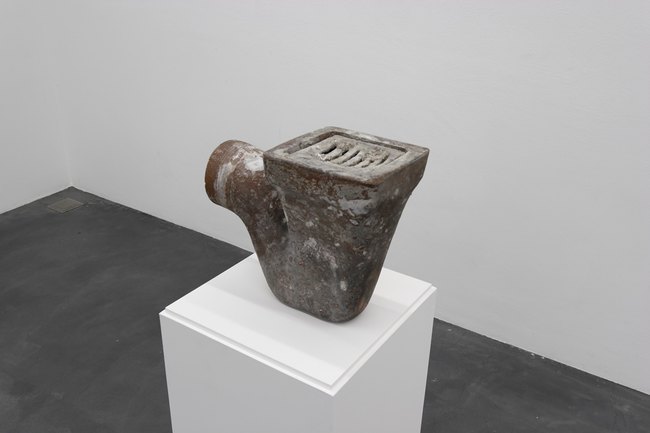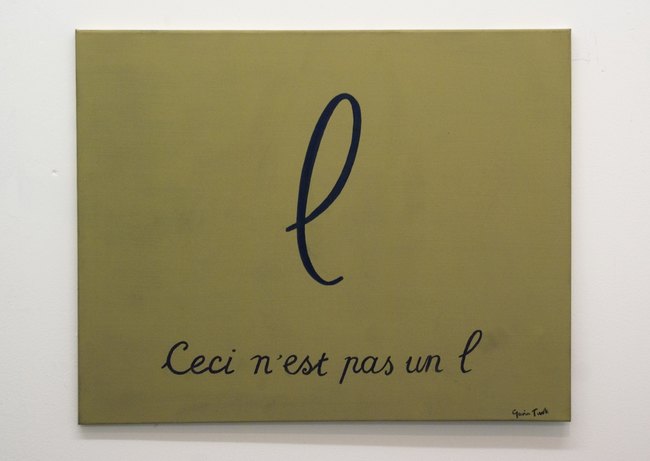AboutEssays2008Redundancy of Symbolism
Redundancy is the hidden downfall of symbolism. Of their moment, an object can seem so symbolic that to possess it in an act of self-definition. But once that item becomes obsolete itself, its symbolism disappears. Indeed the absence of relevancy can then have a negative mirroring effect on its symbolism, as if to balance out its previous power with impotency. Before smaller cars became desirable as well as worthy, oversized vehicles were loaded with a phallic symbolism so blatant that all hoped that the reality was, “big car, small dick”. Nowadays, big cars are so impractical that its “big car, not even worth having an opinion about”.
It means that symbolism has an inbuilt nostalgia about it, especially as western culture speeds up. For much of the twentieth century, items had purpose and longevity that allowed symbolistic meaning to gather round them. Its seems the mission of the 21st century to shed life of the unnecessary. It may sound weird to state that of such a materialistic times, but it also seems true: we may buy more stuff, but the sheer volume of what we buy makes us care less about what we then own. If we don’t care about something, if we don’t associate ourselves with it, then symbolism cannot build up.
This is particularly true of a man and his possessions. The male wardrobe, as well as a man’s bits and bobs, were both part of an outfit and also symbols of stature, intelligence and also physical endowment. It was once the case that a pipe, a cane or a bowler hat were loaded with symbolism about a man’s wealth and prowess. The secondary message of male stuff was overt enough for René Magritte to abuse it in “Ceci N’est Pas Une Pipe” as part of the series The Treachery of Images. Magritte was a young man at the time, and his image that mocks the pipe came at a time when speech was entering cinema and the cigarette began to be marketed through movies, intentionally or not, as the modern way to smoke. By the late 1920s, the pipe was losing its symbolism of virility and contemplation, to eventually be replaced with ones of fustiness and even thought-avoidance. To sit with a pipe in modern day life is to pretend that everything is how it once was, and therefore is to avoid having to deal with life as it is.
I am talking here about symbolism of a pipe rather than the use of a pipe itself. I have a strange relationship with pipes that makes this distinction seem important. Until the late eighties, my father smoked a pipe, about which I loaded with no symbolism - I just wished he didn’t do it. I was never attracted to smoking as a child, and have only ever tried a cigarette once, in my late twenties, when a friend asked me to hold hers when we were in a club (this was pre-smoking ban) while she was doing her shoe-lace up, and while she was bent down I figured I may as well bring it to my lips to see what it tasted like. To me, that late on in life, it was like a MacDonalds - entirely ineffectual.
At the time, I never considered my father’s use of a pipe as odd, outlandish or even self-indulgent, as he didn’t use a pipe as some sort of urban fashion statement - we lived in the country, our family life was fairly isolated, and that was just his preferred way of taking in tobacco. Neither of my parents engaged in pop - his preference in particular was for jazz, and I presumed his acceptance of the pipe came from there. Also, his father had smoked a pipe, and I remember a photograph of them both proud with pipes in their mouths, my father a young man.
I didn’t like my father smoking, and would probably have liked him smoking cigarettes even less. He gave up after he suffered a heart attack in the mid-eighties, the pipe soon forgotten, by me at least, as part of his daily make-up. My father is a painter, and is alone for prolonged periods, working. He has managed to do so just as well without his pipe. Smoking being an aid to contemplation is probably just an excuse conjured by smokers to justify their habit. The mind focuses very well on its own.
To me, as a child and teenager, the pipe had no symbolism - using it was just what my father did. This might be because he smoked a pipe removed from a context that would imbibe it with such symbolism. Maybe also by this point the pipe was obsolete in popular culture, and actually in the farming villages in which we grew up it actually found a less potent and more natural home. When I think of my father, the pipe is not part of the picture. I actually think of him most concentrating on his work. When he does so, I became aware early on that he did with his jaw locked open. I noticed it when I would sit for portraits for him. I notice it now because it is a habit I have picked up - if I am working hard, some people think I am sat there yawning. It is the mouth open that is crucial - you can’t hold a pipe with your jaw stretched out its furthest. Obviously it satisfied my father’s nicotine cravings, but to me the pipe was superfluous.
As it has proven to be now - I cannot think of the last time I saw a man with a pipe. Cigarettes, too, have been marginalised by smoking bans, and I feel no sadness at this. The modern male wardrobe has softened to become a thing of functionality and comfort - few men manage to wear a suit and still look as if they are living right now, but they are the rarity - men in suits tend to look like they wish they could be wearing something else. The male wardrobe has many of the same elements as the female one - jeans, hoodies, trainers - a way of dressing that is a middle-ground between the two genders, hence removing symbolism from what either sex wears.
Indeed the stuff we carry around has also lost its symbolism in the race to become more useful, more efficient, less burdensome. Try sexualising an iPod, or a mobile phone - pretty impossible. Now try getting on a high horse and claim that these items are an affront to society and our cultural life - a pointless position to hold, since they’ve made life so much better. In their design, these items are not imbibed with symbolism, and nor do they gain any when they enter into public use. Symbolism is one of the great casualties of modern life. It is not one we should mourn.
ENDS
